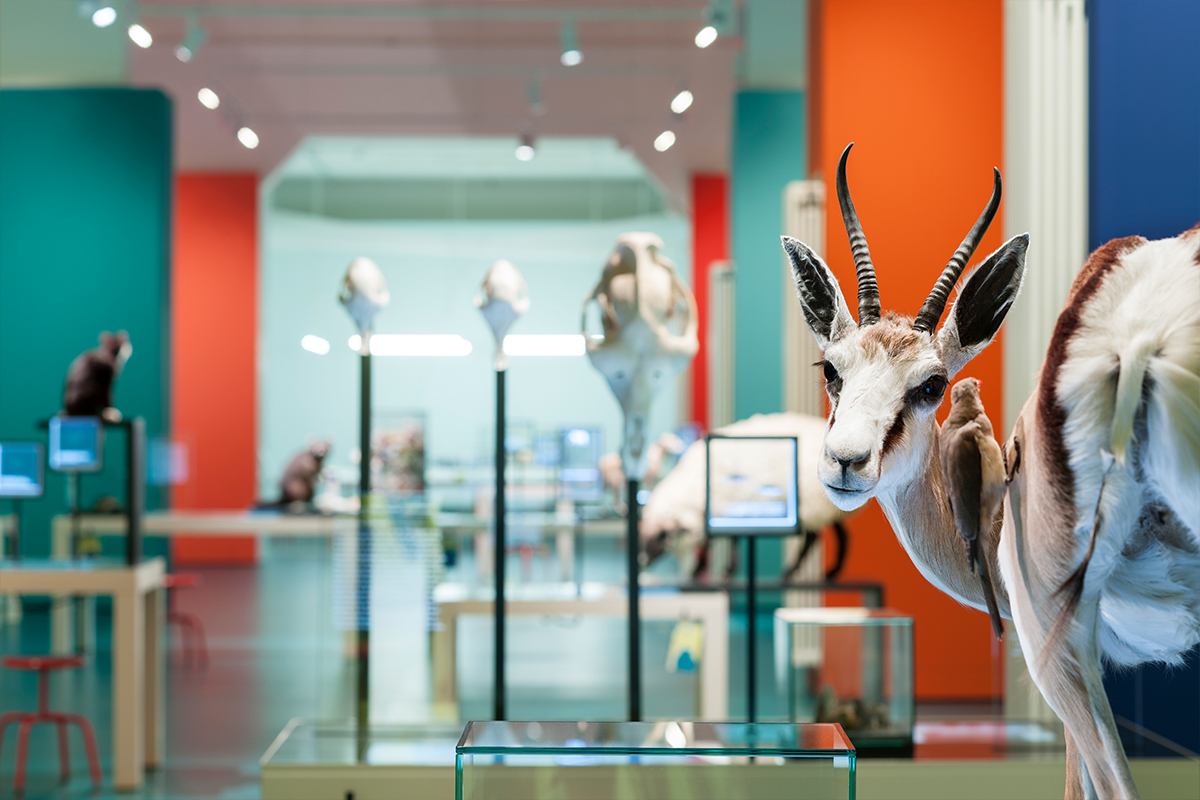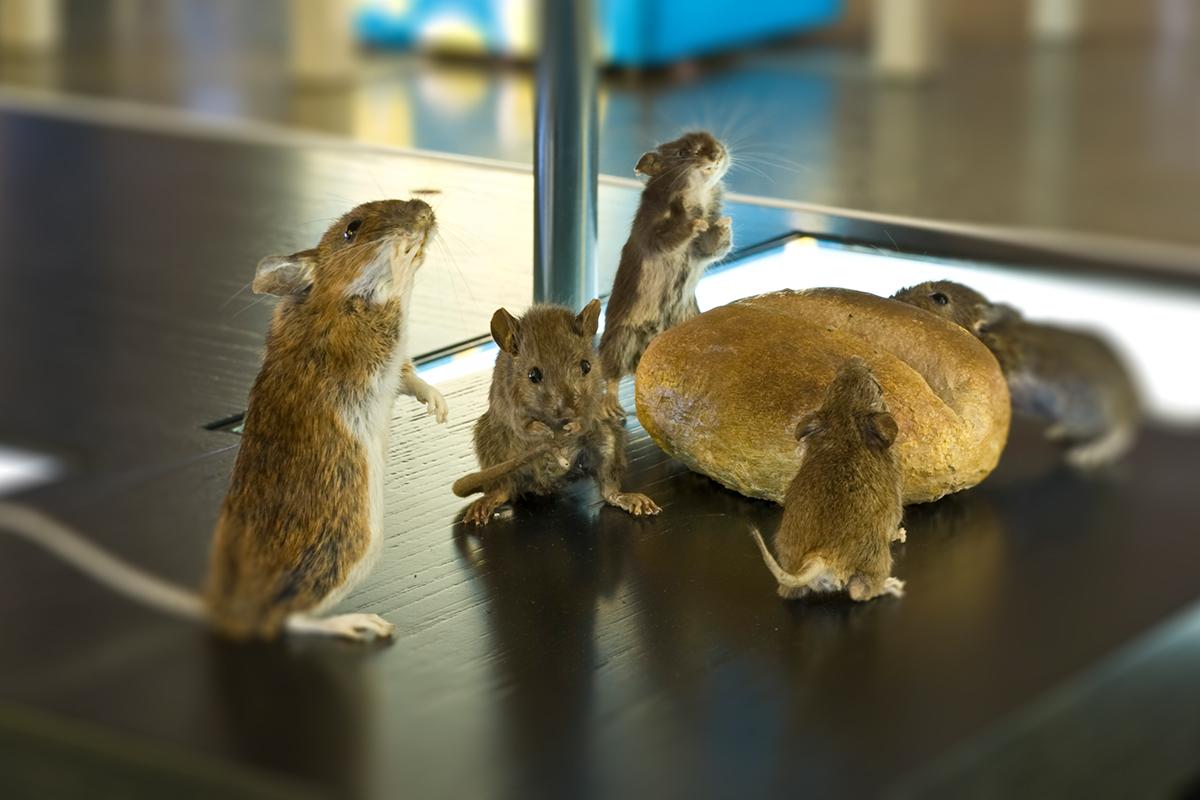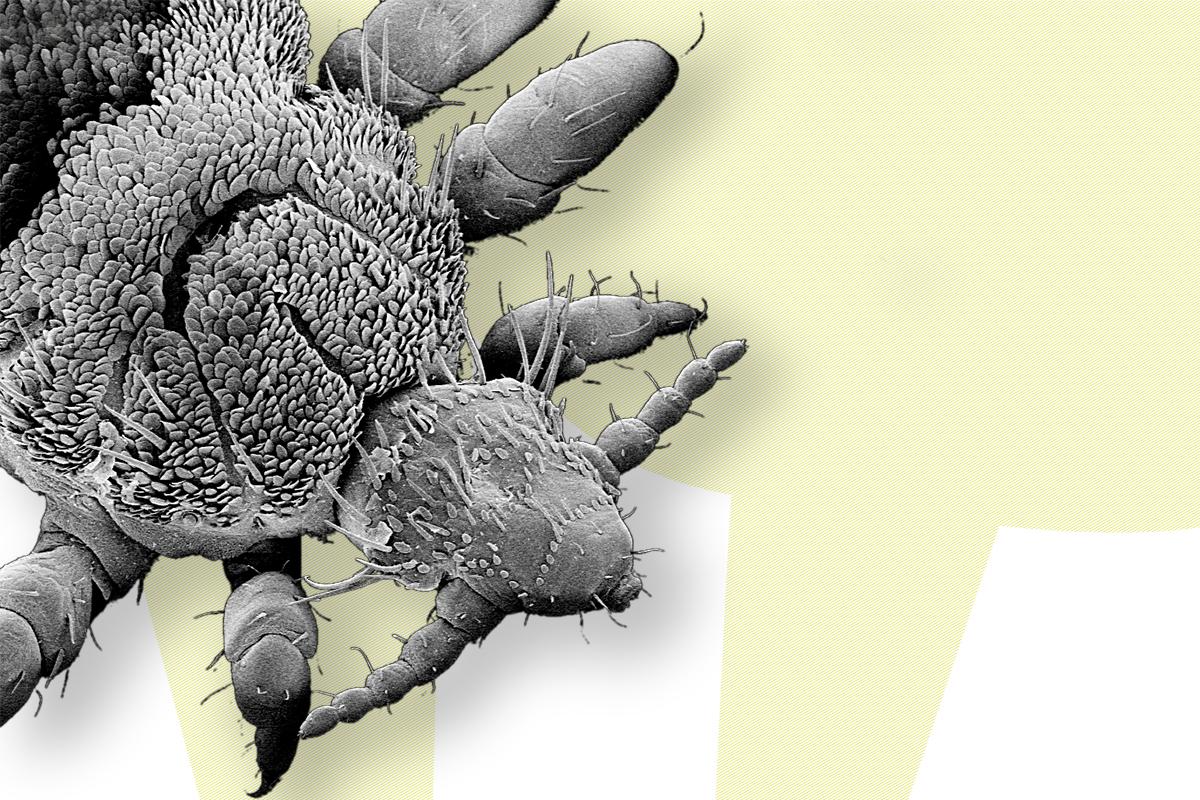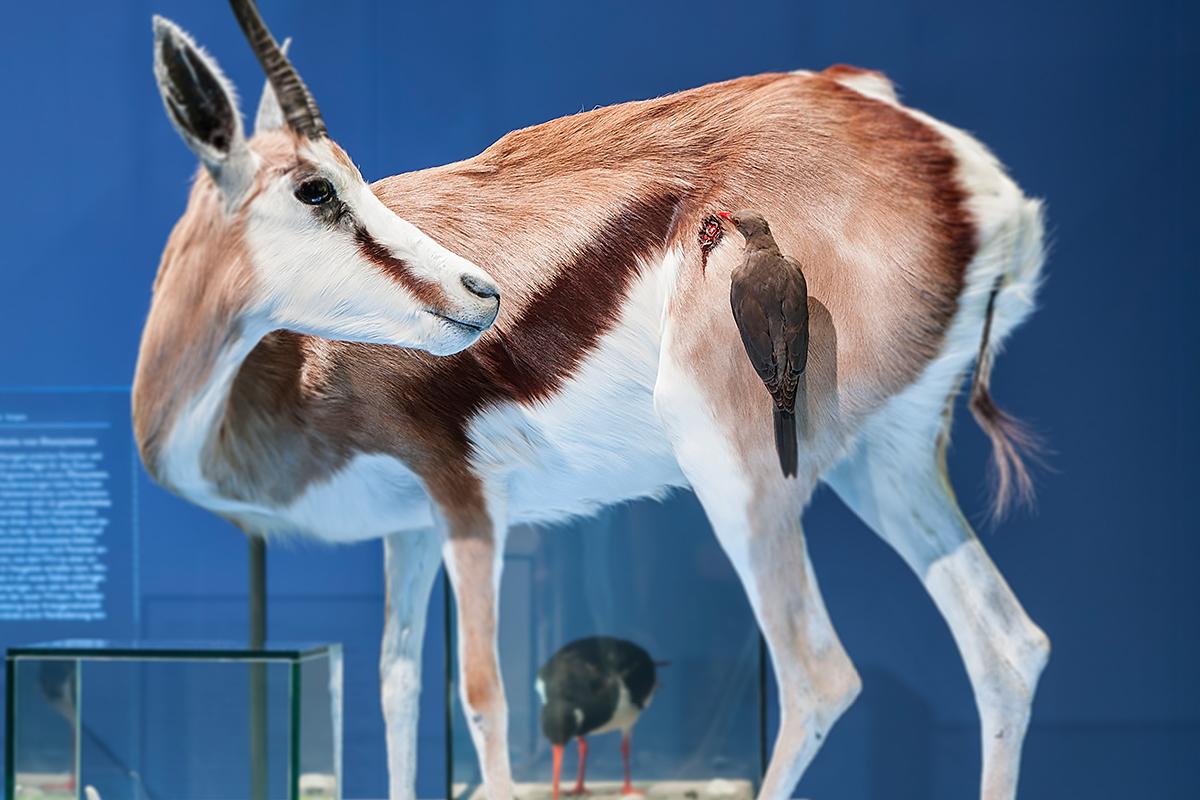
How did parasitism evolve? It is a race over millions of years between parasite and host. New defense mechanisms are countered by new strategies. This process is called coevolution. Here are our three favorite stories about this topic. They also explain why it is better not to pee everywhere as a mouse or why marine mammals are not necessarily safe from lice.
Look Before You Leap

It makes sense to avoid species members that are infected with parasites simply to avoid infection. Infected animals are less suitable as sexual partners than healthy ones for they transmit the susceptibility to parasites to the offspring and they could be weaker during the period of rearing. For females it is important to recognize whether a male is healthy and free of parasites and will therefore pass on good genes to the offspring. It is not always visual signs but also smells that can indicate the state of health. Thus, female mice can determine from urine whether potential partners are infected with worms or protozoa.
Lice – a Relationship for Life

As the ancestors of whales transitioned from life on land to life in the water they lost their fur and with it their lice. Seals and other sea mammals, in contrast, have kept their relationship with the land and also their fur. Their lice were able to follow them, but they had to cope with the new living conditions. In the ice-cold seawater a tolerance to cold was necessary and breathing was a problem. The sea lion louse, therefore, traps air under its scales to take under the water. A gas exchange with the water occurs allowing the lice to access oxygen during longer dives.
Bloodsucking Birds

On the steppes of Africa live the flocks of the oxpecker. They search mammals for parasites and thereby do well by their hosts. But they also eat scar tissue and drink the blood flowing out. What no longer characterizes them as benefactors is that they often keep the wounds open in order to drink the host’s blood. On the Galapagos Islands there lives even a true vampire bird. The small ground-finch searches larger birds not only for irritating louse flies. During the molt of the host the finch becomes an irritant itself: it specifically pulls out quills in order to tap the blood. If one imagines that changing environmental conditions now makes blood drinking an advantage to survive and reproduce, the two birds mentioned would switch to a purely parasitic way of life.
Here you get back to the overview.